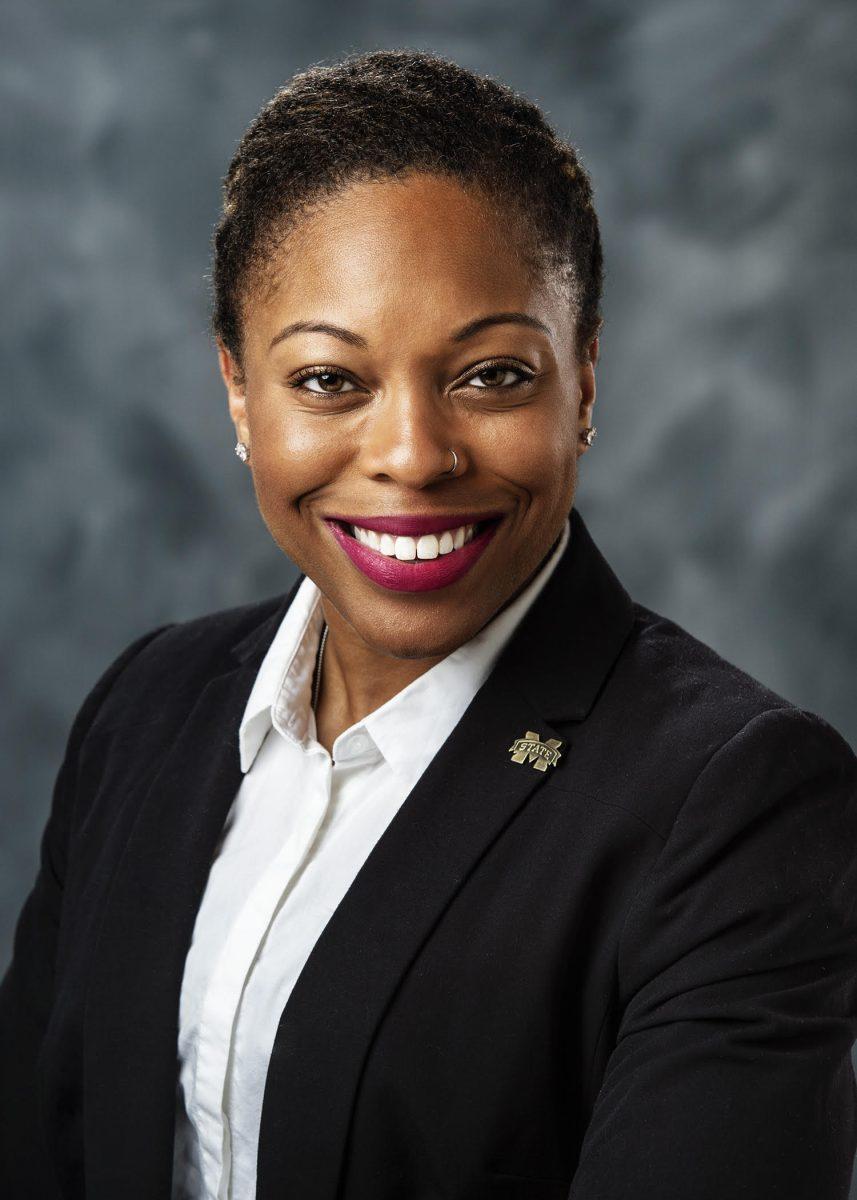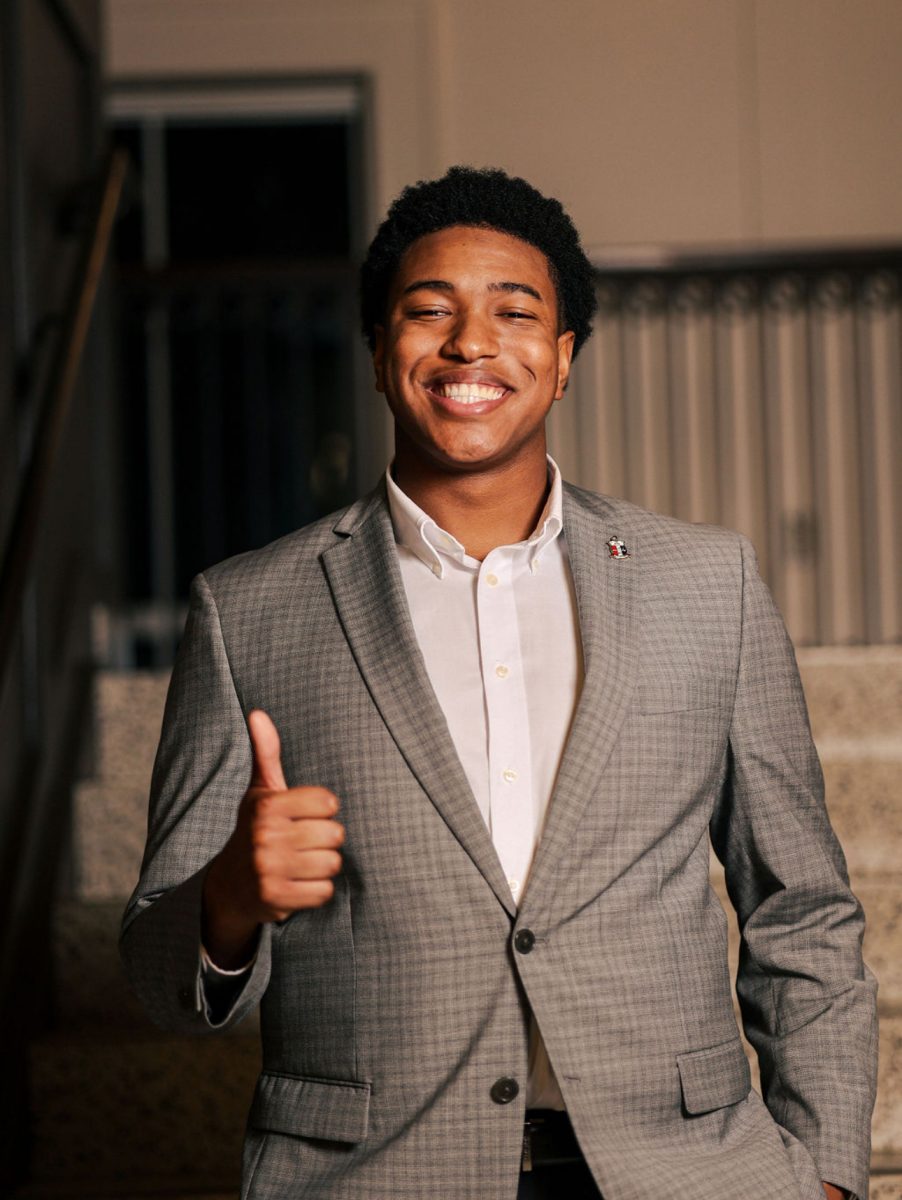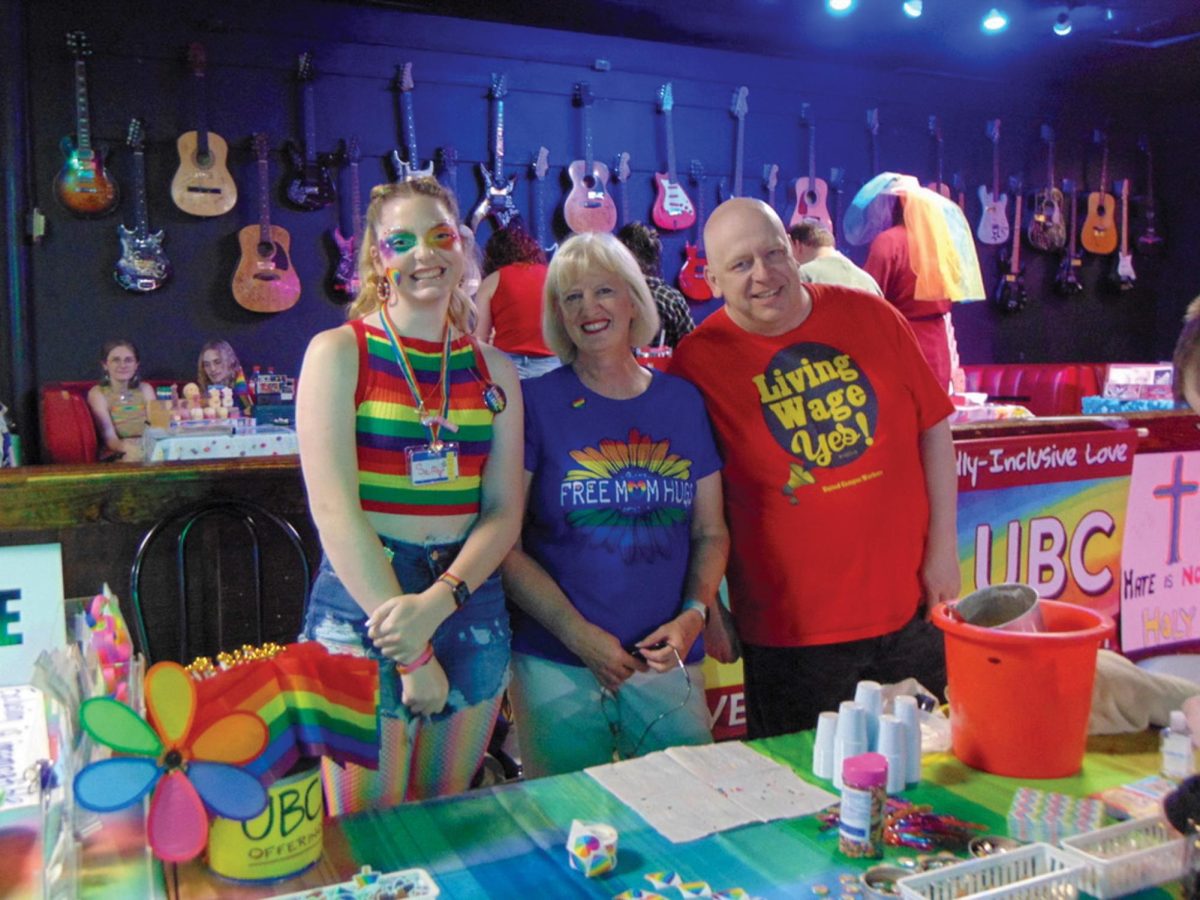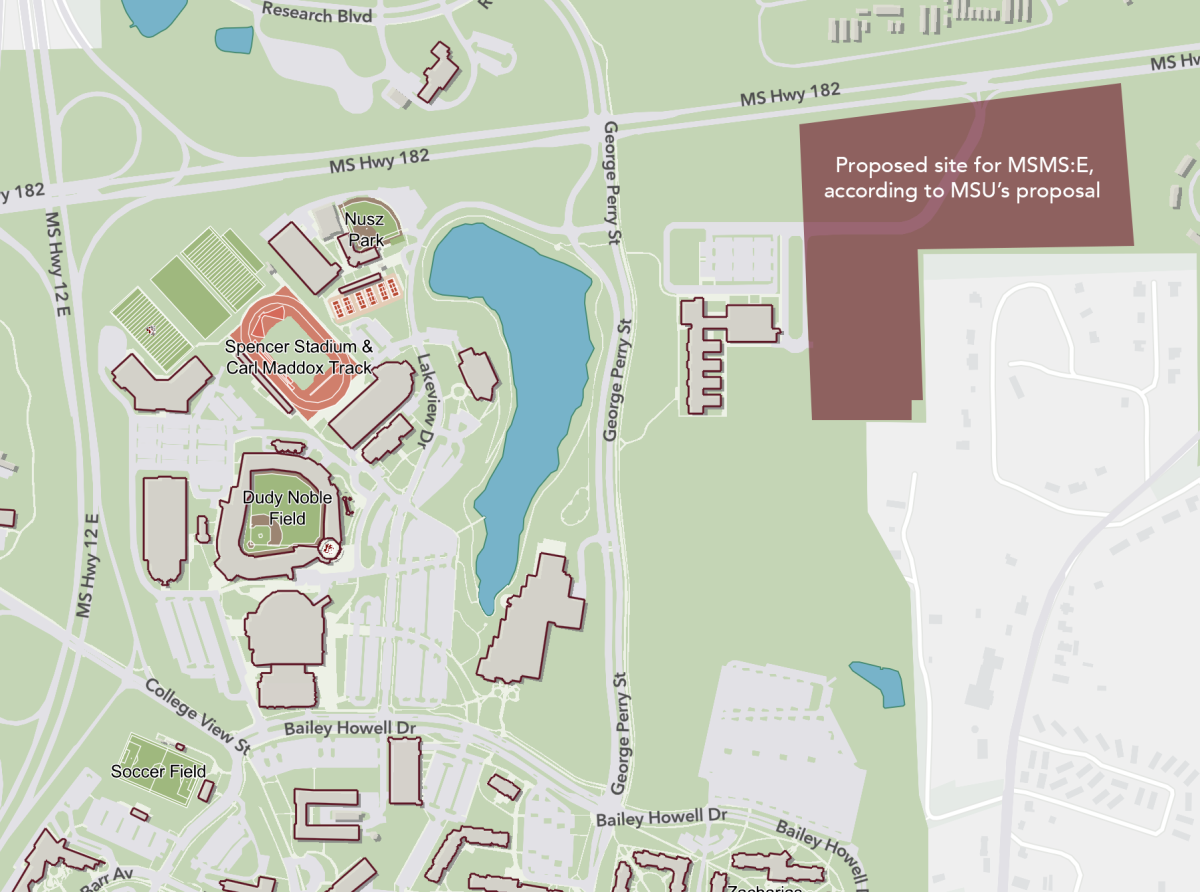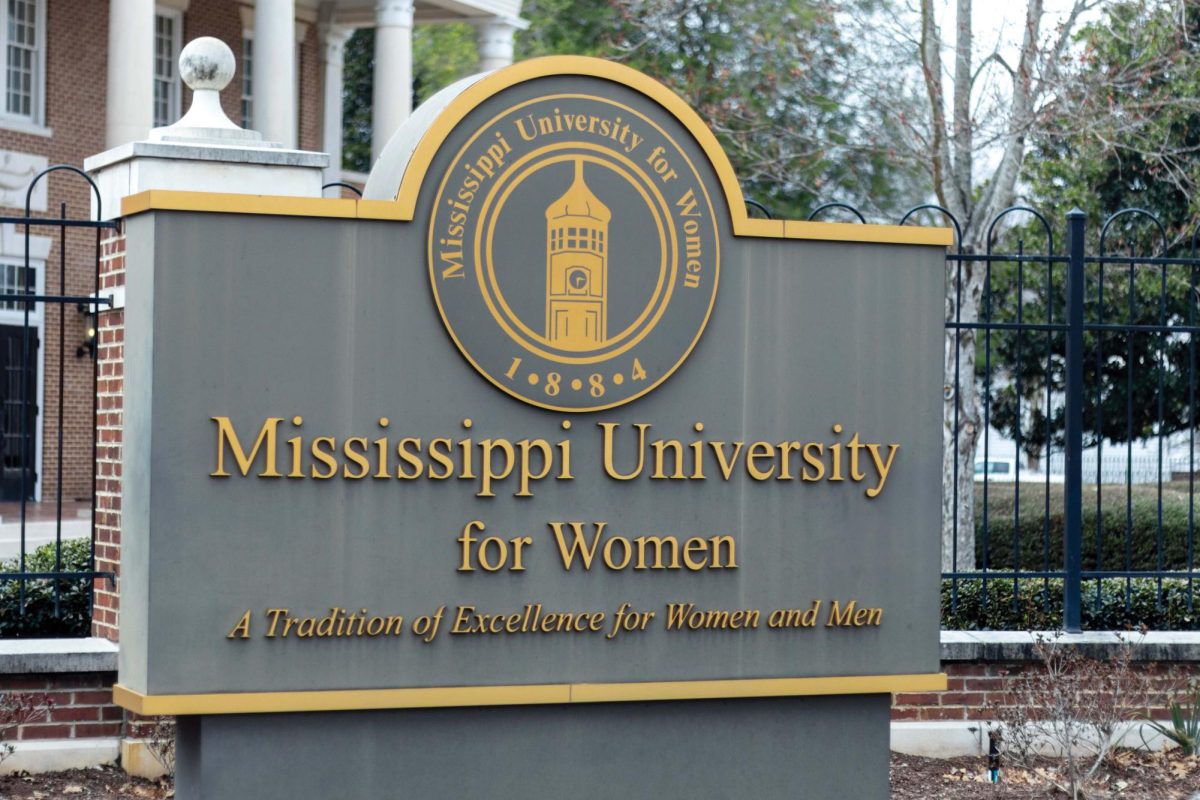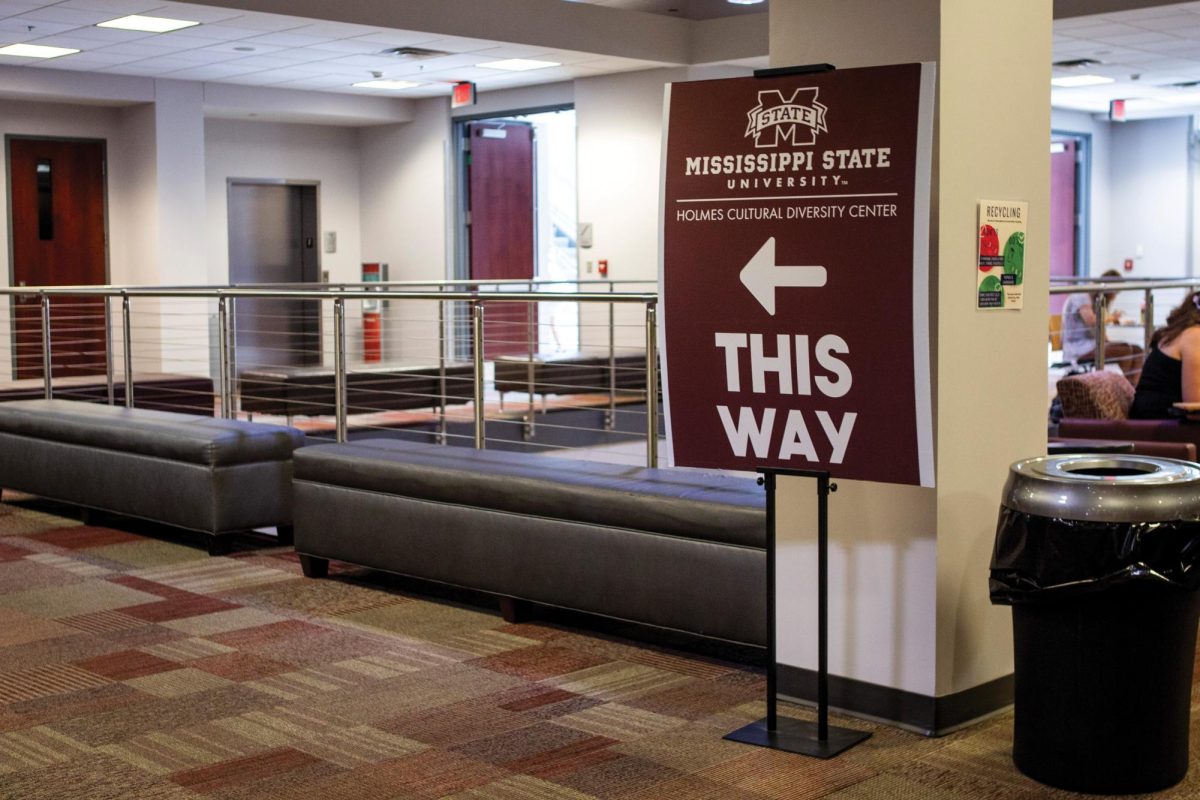Shandrea Stallworth, a doctoral student from Mississippi State University’s Department of Plant and Soil Sciences, recently received the prestigious NASA/Mississippi Space Grant Consortium Graduate Research Fellowship.
This award, worth a total of $20,000, was created by NASA to fund future engineers and scientists like Stallworth. The fellowship will not only support Stallworth’s academic research, but also provide for a K-12 outreach project.
Steve Martin, the interim head of the Plants and Soil Sciences department, said Stallworth is an outstanding doctoral student.
“The PSS Department is extremely proud of Ms. Stallworth,” Martin said. “The NASA award is a very prestigious award, and will allow her to advance her research studies. Unique to this award is the opportunity to relay the results of her findings to the public, and especially to students in K-12.”
The doctoral student hails from Biloxi, and she attended Fort Valley State University in Georgia for her bachelor’s degree in plant science and biotechnology. She pursued a master’s in plant breeding and genetics from Auburn University, and Stallworth now plans to earn her doctoral degree at MSU.
Stallworth said she first heard of the NASA fellowship through an interdepartmental announcement inviting students to apply. Though she originally believed her research did not apply for the award because it was unrelated to space exploration, Stallworth learned otherwise through NASA’s Space Technology Roadmap (STR).
This STR roadmap included 14 fields focusing on space technology, ranging from physics and propulsion technologies to human health, life support and habitation systems. Through this, Stallworth found a place for her research.
The fellowship program’s interest in introducing more minority participants is what encouraged Stallworth to apply. She is a minority student in multiple areas, and said she always believed in going after any opportunities presented to her. This was a major one, Stallworth realized—an opportunity to fulfill her dreams of doing more with research.
Stallworth said she was also drawn to the chance of working closely with K-12 students in the classroom. Her high school experience included many hands-on science programs, and she wanted to offer the same opportunity to younger students.
“The STEM field is so crucial to the future, but unfortunately, there are just not enough minority students pursuing degrees in STEM,” Stallworth stated. “I want to change that.”
Learning she received the NASA Fellowship was an emotional moment for Stallworth, she said. She remembers simply standing in the administrator’s office, mouth open and awestruck.
The first person Stallworth called to tell the news to was her mother, and her father shortly followed. Both said they were proud of her, which was one of Stallworth’s main goals throughout her education. The fellowship was simply icing on the cake, she said.
Through the NASA Fellowship, Stallworth said she aims to produce a rice cultivar that may find its way into space. Tomatoes are already there, and she hopes to make her rice the runner-up.
For this year, however, Stallworth’s focus is on exposing her K-12 students, and faculty as well, to the impacts of food insecurity. She looks forward to entering the classroom and presenting real-world situations in the area of agriculture.
Stallworth said she also hopes to recruit high school students to apply for the Mississippi Youth Institute to possibly be chosen as a Bourlog Scholar.
Stallworth offered advice to other students searching for grants.
“To students looking to apply for grants, apply for them all,” Stallworth said. “Even if you feel you may be unqualified, apply. The only thing that can be said is ‘no.’”
The NASA fellowship recipient also suggests applying for smaller grants is excellent practice for larger grants and fellowships, such as the National Science Foundation (NSF) and Foundation for Food and Agriculture Research (FFAR) grants. Stallworth recommended utilizing information sessions offered across campus, along with online classes surrounding fellowship and grant writing.
One of her passions outside of research is a group she has been active in for five years, Minorities in Agriculture, Natural Resources, and Related Sciences (MANNRS). Stallworth currently serves as a graduate student mentor for MSU’s MANNRS chapters.
Many other organizations have recognized Stallworth, and she has gained various other recognitions, such as being an American Seed Research Foundation Scholar, an Early Career Representative and Plant Science Research Network Scholar of the American Society for Plant Biologists and a Bayer Sponsored Scholar by the National Association for the State Departments of Agriculture.
Stallworth was also recently featured alongside her advisor, Te-Ming Paul Tseng, on MSU Influence for the July 2018 segment. Tseng credited Stallworth’s creativity and passion for earning the prestigious fellowship.
“Shandrea (Stallworth) is a good team player and leader,” Tseng stated. “(She is) very creative, which is most important for a researcher, and has immense enthusiasm for her research. She is completely worthy of the NASA Fellowship, and I have no doubt that she will continue to excel in whatever research path she pursues after her PhD.”
When Stallworth is not researching to send rice outside Earth’s orbit, the NASA fellowship recipient enjoys kickboxing and spending time with her two pets.
MSU student receives prestigious fellowship with NASA
0
Donate to The Reflector
Your donation will support the student journalists of Mississippi State University. Your contribution will allow us to purchase equipment and cover our annual website hosting costs.
More to Discover

